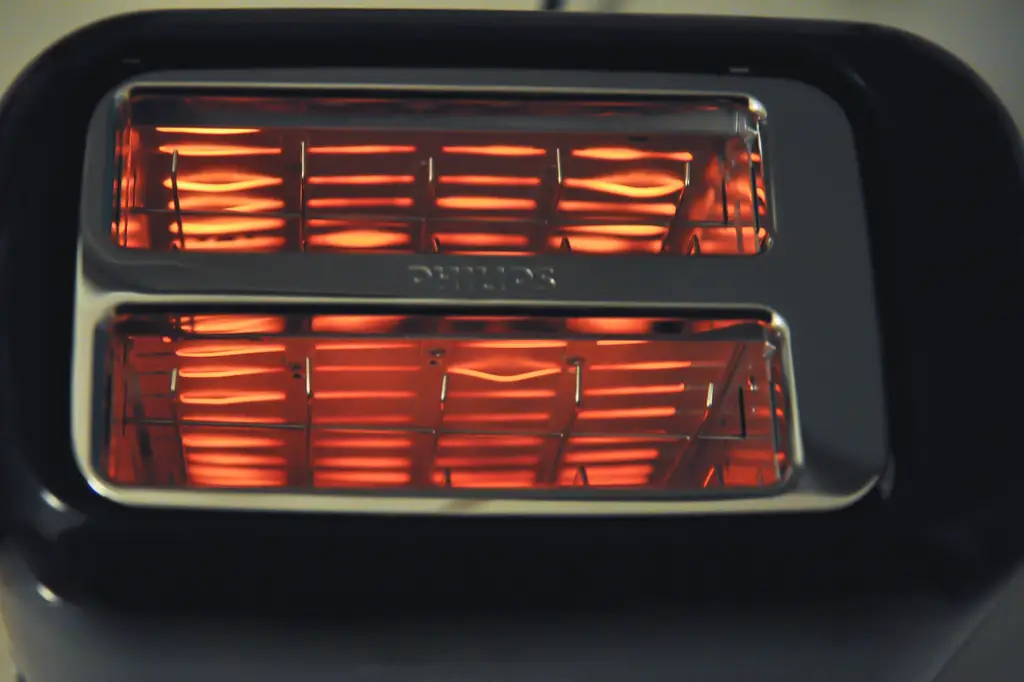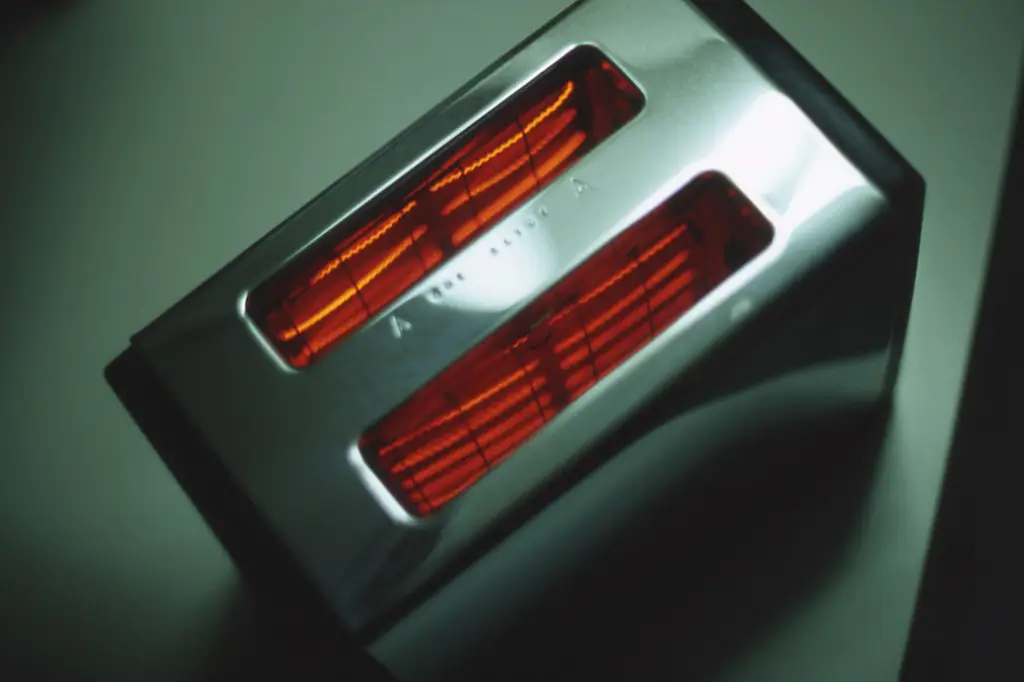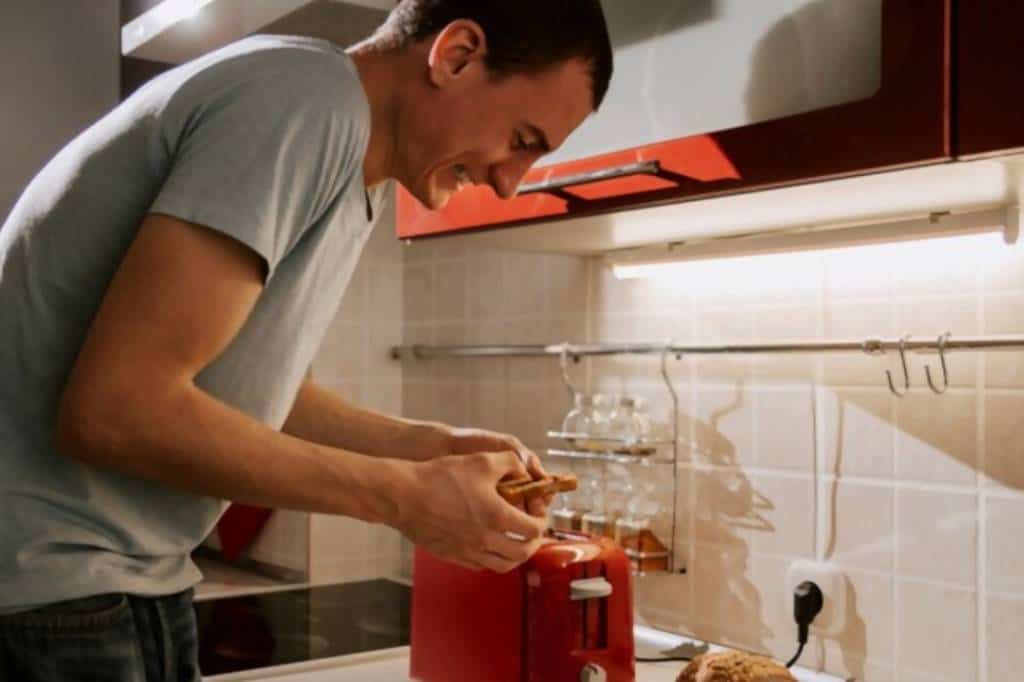If you’ve ever wondered about the scorching temperatures that turn your bread into a crispy delight, then you’ve come to the right place! Read on to find out how hot does a toaster get, if it gets hot on the outside, and how to troubleshoot an overheating toaster.
How Hot Does a Toaster Get?
The average temperature of a toaster ranges from 310°F to 450°F (155°C to 230°C) depending on the model and settings. On a low setting, the toaster will typically hover around 310°F, while the highest setting can push it up to 450°F. However, the coils inside the toaster get much hotter, over 1000°F (540°C).
Let’s break it down and give you a clearer picture of the temperature a toaster can reach, based on the setting:
- Light toasting setting: This setting typically reaches a temperature of around 310-350°F (154-177°C) to lightly toast bread.
- Medium toasting setting: This setting usually reaches a temperature of around 350-375°F (177-191°C) to achieve a medium toast on bread.
- Dark toasting setting: This setting typically reaches a temperature of around 375-400°F (191-204°C) to achieve a dark toast on bread.
- Bagel setting: This setting usually toasts one side of the bagel more than the other, and the temperature can range from 250-300°F (121-149°C).
- Defrost setting: This setting thaws frozen bread before toasting it, and the temperature can range from 300-350°F (149-177°C).
It’s worth noting that these temperatures can vary depending on the toaster brand and model.
How Does The Heating Process Work?

Inside the toaster, there are heating elements made from metal alloys like nichrome. These elements have a high resistance to electricity, which means they heat up quickly when an electric current is passed through them.
As heating elements in the toaster get hotter, they emit infrared radiation, which is absorbed by the bread’s surface. This causes the sugars and proteins in the bread to break down and create a deliciously browned and crispy exterior – the perfect toast!
Does a Toaster Get Hot on The Outside?
The short answer is yes, but let’s dig a little deeper. Most toasters have an outer casing made of materials like plastic, metal, or a combination of both. These materials are chosen for their heat-resistant properties, which help to keep the outside of the toaster cool enough to touch.
However, the heat generated by the toaster’s heating elements can still cause the exterior to become warm or even hot, especially after prolonged use or on higher settings. As a result, it’s always a good idea to exercise caution when handling a toaster after use.
Can a Toaster Overheat?

Yes, toasters can overheat. Just like any other electrical appliance, a toaster can malfunction and overheat if it’s used improperly, has a damaged cord or plug, or if there’s an internal component failure. Overheating can cause a toaster to smoke, catch fire, or cause damage to your kitchen.
That’s why it’s important to use your toaster safely, keep it clean and well-maintained, and always keep an eye on it while it’s in use.
Preventing a Toaster From Overheating
To prevent your toaster from becoming too hot, follow these tips:
- Regularly clean your toaster to remove crumbs and debris that can cause overheating.
- Don’t use the highest setting for extended periods, as this can cause the toaster to overheat.
- Ensure your toaster is placed in a well-ventilated area, away from any flammable materials or heat-sensitive surfaces.
By following these steps and practicing caution while using your toaster, you can safely enjoy perfectly toasted bread every time!
What to Do if Your Toaster is Overheating
Sometimes, a toaster may become too hot for comfort or even pose a safety risk. Here’s what to do if your toaster becomes too hot and how to prevent potential accidents:
1. Turn off and unplug the toaster
The first and most important step when you notice your toaster becoming too hot is to turn it off and unplug it from the power source.
This will prevent any further increase in temperature and reduce the risk of fire or damage to the appliance.
2. Let it cool down
Once the toaster is off and unplugged, give it ample time to cool down before attempting to touch or move it.
This will ensure that you don’t accidentally burn yourself or damage your countertop.
3. Inspect the toaster
After the toaster has cooled down, inspect it for any visible damage or signs of malfunction.
Check for any debris or food particles that may have accumulated inside the toaster, as these can cause overheating.
Also, inspect the heating elements for any signs of damage or wear.
4. Clean the toaster (if necessary)
If you found debris or food particles inside the toaster during your inspection, clean it out thoroughly. Use a soft brush or cloth to gently remove any crumbs or buildup.
Make sure not to use any harsh chemicals or abrasive tools, as these can damage the toaster’s interior.
5. Test the toaster
After allowing the toaster to cool down and cleaning it (if necessary), plug it back in and test it on a low setting.
Keep an eye on the toaster during this test to ensure it doesn’t overheat again.
If the toaster continues to overheat or shows signs of damage, it may be time to consider purchasing a new one. For a new toaster, we recommend you check out some of the toasters we tested.
Final Thoughts on Toaster Temperature
Understanding how hot a toaster gets can help you make the perfect toast and maintain your appliance safely. Now that you’re equipped with knowledge about average toaster temperatures, the heating process, and how to handle an overheating toaster, you’re ready to level up your toasting game. So, go ahead and enjoy those crispy, golden-brown slices with confidence!

